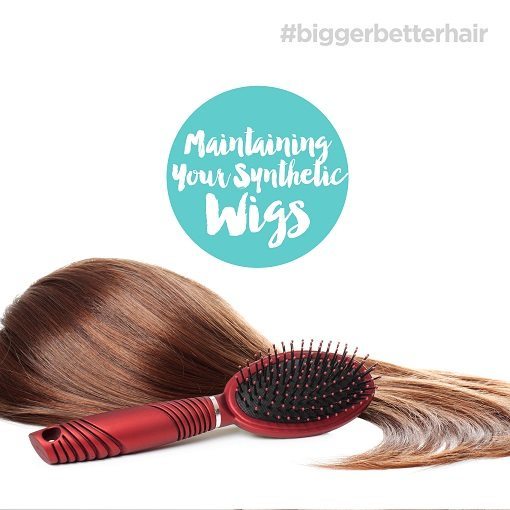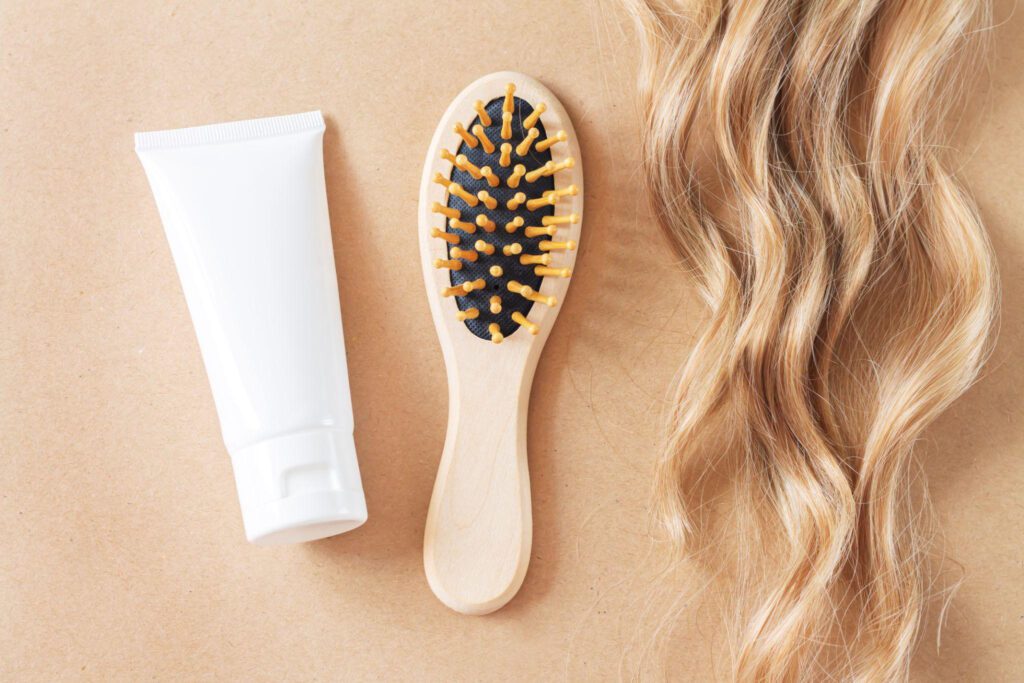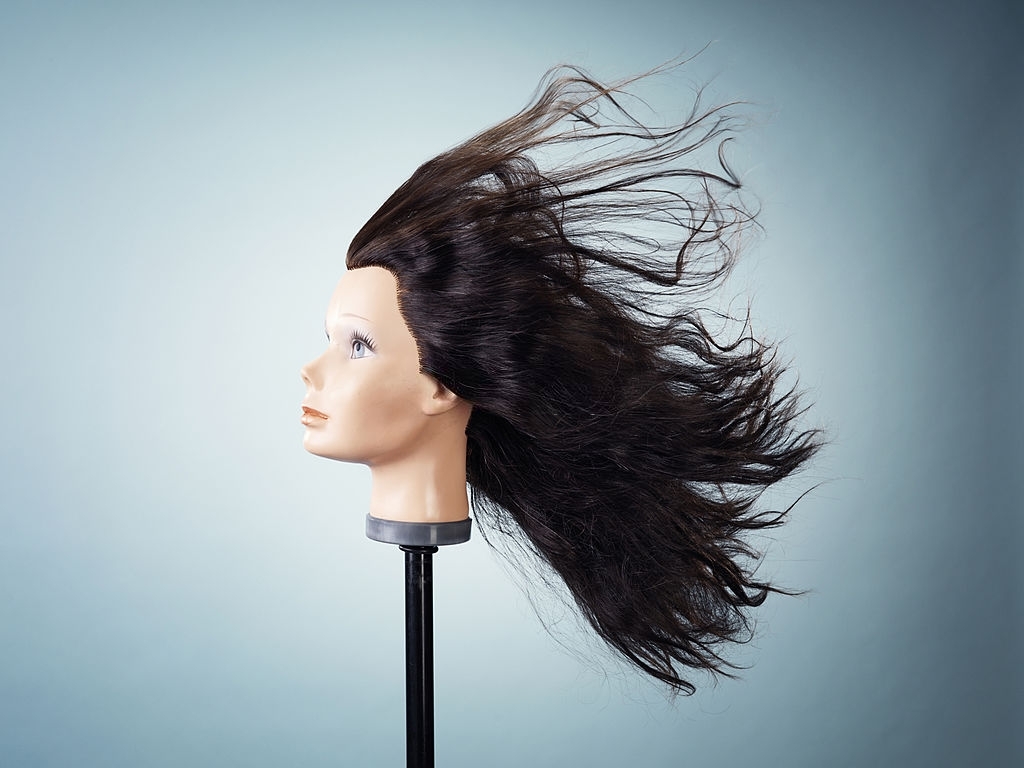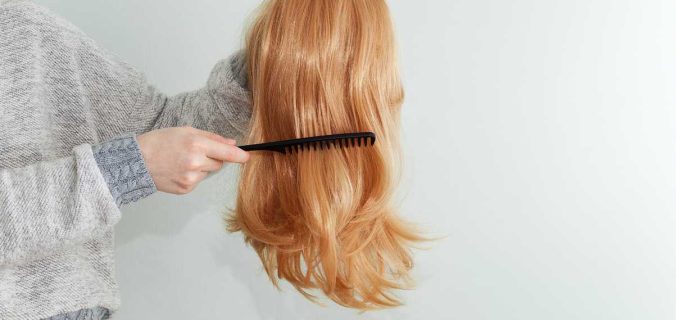Introduction
Synthetic hair is a popular choice for wigs, extensions, and other hair accessories due to its affordability, versatility, and low-maintenance nature. Proper care and maintenance can significantly extend the lifespan and ensure the synthetic hair stays looking its best. Here’s a comprehensive guide on how to take care of synthetic hair:

Cleaning:
- Fill a basin or sink with cool water. Avoid using hot water as it can damage the synthetic fibers.
- Add a small amount of mild shampoo specifically formulated for synthetic hair to the water and mix gently.
- Submerge the synthetic hair in the soapy water and gently swish it around for a few minutes.
- Rinse the hair thoroughly with cool water until all the shampoo is removed.
- Gently squeeze out excess water. Do not twist or wring the hair as it may cause tangling or damage.
Conditioning:
- Apply a small amount of conditioner formulated for synthetic hair to the palm of your hand.
- Gently work the conditioner through the strands of the synthetic hair, avoiding the roots.
- Leave the conditioner on for a few minutes to allow it to penetrate the fibers.
- Rinse the hair thoroughly with cool water to remove all traces of the conditioner.
Drying:
- Pat the synthetic hair with a towel to remove excess water. Do not rub vigorously.
- Place the hair on a wig stand or any other suitable stand to air dry naturally.
- Avoid using heat styling tools or exposing the synthetic hair to direct sunlight while drying, as it can cause damage or color fading.
Styling:
- Synthetic hair is pre-styled and should retain its shape after washing. Gently finger comb or use a wide-toothed comb to detangle any knots or tangles.
- Avoid using brushes or fine-toothed combs, as they can damage the synthetic fibers.
- If you wish to change the style, use your fingers or a specialized synthetic hair styling tool to create desired curls, waves, or straightening effects.
- Avoid using heat styling tools such as curling irons or straighteners on synthetic hair, as it can melt or permanently damage the fibers.
Storage:
- When not in use, store the synthetic hair in a clean and dry place away from direct sunlight and extreme temperatures.
- Use a wig stand or a mannequin head to maintain the shape and prevent tangling.
- If the synthetic hair comes with a box or packaging, it is advisable to store it in that to protect it from dust and other environmental factors.
Avoiding Friction and Tangling:
- Be cautious while wearing synthetic hair around rough surfaces, such as clothing with Velcro or rough pillowcases, as they can cause friction and lead to tangling.
- Consider tying the hair back or covering it with a silk or satin scarf while sleeping to minimize friction and reduce tangles.
Avoiding Heat and Chemicals:
- Synthetic hair is not heat resistant, so avoid exposing it to high temperatures from styling tools, open flames, or hot water.
- Keep the synthetic hair away from chemicals such as hair dyes, bleach, or perm solutions, as they can cause discoloration or damage to the fibers.
Regular Maintenance:
- Gently comb through the synthetic hair regularly to remove any tangles or knots that may have formed during wear.
- If the synthetic hair becomes excessively tangled, soak it in cool water with a small amount of shampoo and gently comb through the tangles before rinsing.
Professional Care:
- If you’re unsure about how to care for your synthetic hair or if it requires any repairs or restyling, consult a professional hairstylist who is experienced in handling synthetic hair.

Avoiding Water Damage:
- While synthetic hair can withstand washing, excessive exposure to water can lead to damage. Avoid submerging the hair in water for extended periods and try to limit washing to when necessary.
Protective Styling:
Consider using protective styles such as braids, twists, or updos to minimize daily manipulation of the synthetic hair. This can help prevent tangling and reduce wear and tear on the fibers.
Avoiding Harsh Products:
- Use hair products specifically designed for synthetic hair to avoid damaging the fibers. Avoid products that contain alcohol, sulfates, or harsh chemicals, as they can strip the hair of its natural shine and moisture.
Detangling Carefully:
- When detangling synthetic hair, start from the ends and work your way up to the roots using a wide-toothed comb or your fingers. Be gentle to avoid causing breakage or damage to the fibers.
Trimming Split Ends:
- Just like natural hair, synthetic hair can develop split ends over time. Trim any split ends with sharp scissors to prevent further damage and maintain the overall health of the hairpiece.
Color Protection:
- If you have colored or tinted synthetic hair, avoid prolonged exposure to sunlight, chlorine, or saltwater, as these elements can cause the color to fade or change. Use UV protection sprays or products to help maintain the vibrancy of colored synthetic hair.
Regular Inspections:
- Periodically inspect the synthetic hair for any signs of wear, tear, or damage. Look out for fraying strands, thinning areas, or noticeable changes in texture, as these may indicate the need for repairs or replacement

Avoiding Overstyling:
- While synthetic hair is versatile, excessive styling, brushing, or manipulation can cause the fibers to weaken and lose their shape. Limit the use of styling products and tools to preserve the integrity of the hairpiece.
Consulting with Professionals:
- If you’re unsure about how to care for your synthetic hair or encounter any issues with maintenance, seek advice from professionals who specialize in synthetic hair care. They can provide guidance on proper care techniques and solutions for specific concerns.
Investing in Quality Products:
- Choose high-quality shampoos, conditioners, and styling products specifically formulated for synthetic hair. Investing in quality products can help prolong the lifespan of the hairpiece and maintain its appearance.
Storage Tips:
- When not in use, store synthetic hair in a breathable storage bag or container to protect it from dust and debris. Avoid storing it in airtight containers, as this can trap moisture and lead to mold or odors.

Conclusion
By incorporating these additional care tips into your routine, you can ensure that your synthetic hair remains in top condition, retains its style and luster, and continues to enhance your look for an extended period. Taking proactive steps to care for your synthetic hair will not only prolong its lifespan but also ensure that it looks and feels its best every time you wear it.
